|
Tankless, (also known as on demand), water heaters are becoming more common in residences in West Texas. After 10 years and over 5000 property inspections, I have seen hundreds of tankless water heaters in use. I'm often asked about their use, their durability, and their potential advantages. Here's some basics: Tankless water heaters heat water instantaneously without the use of a storage tank. When a hot water faucet is turned on, cold water flows through a heat exchanger in the unit, and either a natural gas burner or an electric element heats the water. As a result, tankless water heaters deliver an almost constant supply of hot water. You don't need to wait for a storage tank to fill up with enough hot water. However, a tankless water heater's output limits the flow rate. Typically, tankless water heaters provide hot water at a rate of 2–5 gallons (7.6–15.2 liters) per minute. Gas-fired tankless water heaters produce higher flow rates than electric ones, as the heat is produced faster than on an electric unit. Sometimes, however, even the largest, gas-fired model cannot supply enough hot water for simultaneous, multiple uses in large households. For example, taking a shower and running the dishwasher at the same time can stretch a tankless water heater to its limit. To overcome this problem, you can install two or more tankless water heaters. You can also install separate tankless water heaters for appliances -- such as a clothes washer or dishwater -- that use a lot of hot water in your home. However, additional water heaters will cost more and may not be worth the additional cost. Tankless units are generally more expensive than a storage tank (traditional) unit, so this is something to consider. However, according to the US Dept of Energy, the useful life of a tankless water heating system exceeds the average lifespan of a storage tank unit.
2 Comments
Weekly, I visit a residence with a water heater that does not have a drain pan, or a water heater that has a drain pan, but the drain pan does not direct drainage to the exterior of the home. Either of these scenarios are defects, and potentially costly repairs if not done right the first time. Check out our latest YouTube video below to better understand why your home inspector has reported this defect! What are conducive conditions? Also, why should I care? These may be at least 2 of the questions you're asking as you read this! The truth is, anyone that resides anywhere, (whether they own or lease), should be aware of conducive conditions for pest infestation, and how to correct these conditions. Let's start with termites. I'm sure you're aware that termites are looking to munch on some wood. Termites in our region of West Texas are generally sub-terranean, meaning we rarely see them active. But we can see the damage they cause. As home owners, occupants, or pest treatment companies, we are dealing with the results of their infestation in many cases. Basically, termites are looking to access exposed wood in contact with soil. They're "shy", meaning they want to avoid exposure if possible. If untreated wood of any kind is contact with soil, this is right up their alley. If that wood that's in contact with soil is also in contact with your home, they've just been provided a highway into your residence. Most common conducive conditions for sub-terranean termites: Wooden fence in contact with your residence (photo at the top of this post) Wood debris, framing, or firewood in contact with your home Leaking plumbing or excessive moisture Damp crawlspaces Even brick veneer on the exterior that extends below the soil line Some of these are easy fixes. Others are not so easy to fix. The point with any conducive condition is to do all you can to remedy what you can. This will minimize the chances of a termite infestation. NEXT: Roaches. The most common conducive conditions I see for these little monsters in West Texas relates to food debris on floors and counter tops. This includes anything a critter would consider nutritional - commonly pet food as well! One of the best ways to limit the opportunity for roach infestations is cleaning your residence thoroughly, and often. It's just that simple. Roaches can infiltrate your residence or business via a variety of means. You might commonly see them if you are moving in or out, as they are known to attach themselves to cardboard boxes! With roaches, probably more than other pests on this list, once you have an infestation, it is VERY difficult to get rid of them! Keep that in mind! NEXT: Rodents are similar to roaches, as far as conducive conditions are concerned. CLEANING IS KEY! They are looking for food and water. Pet food and pet water dishes are a common means of accessing these! The important part of preventing rodent infestation relates to keeping your residence sealed shut from the outside. You might be surprised by how many residences I see that have holes in walls and near doors and windows that allow rodents all the access they need! NEXT: Ants. In my opinion the most common, least harmful, and most productive member of this list.
As West Texas residents know, most of us have witnessed ants working hard outside in the yard at some point. We just want them to stay outside, where they belong! Ants are simple - keep food cleaned up, prevent their accessing your home. If you keep things clean, they will soon find somewhere else to get what they need. In conclusion, as a resident or homeowner, part of effective pest management is your responsibility as well! It's up to each of us to do our part to keep those pesky critters where they belong - outdoors! Thanks for reading - and if you'd like to discuss a pest treatment plan for your home or business, contact us today! [email protected] Storm season is coming! Will it be a wild one? Or calm and uneventful?
One of the more common questions that I've gotten over the years deals with hail damage to a home's roof covering materials. There are some common misconceptions regarding hail damage, & I try to dispel those whenever I'm approached about them while inspecting a home for a client. Here are some of the basic points that every homeowner, agent, and inspector should know! 1. Hail damage does not = roof leaks. Some catastrophic hail damage could potentially result in a roof leak, but that type of hail damage is exceedingly rare. If a roof was in even adequate condition, an average hail storm that drops even golf ball sized hail is not going to damage the roof coverings enough to cause a roof leak. 2. Hail damage is common. Even if a neighborhood has had the roofers/vultures swoop through post hail storm, that doesn't mean everyone in the neighborhood had their roof fixed. 3. Hail damage that must be fixed is opinion based. Trust me - one inspector will say the roof is in need of repair, the roofer that follows up might say the whole roof should be replaced, and then the insurance company adjuster may come by and say it looks fine. Each of these folks works from their own standards: - the inspector per State of Texas standards of practice - the roofer based on whatever makes them the most money - the insurer based on whatever limits their exposure and/or saves them money 4. Just because the neighbor had a new roof put on, doesn't mean you should. Storms are unpredictable in West Texas and wind plays a major factor. 5. Your inspector is required to report hail damage. Major damage, minor damage, small hail dents, huge craters; their all some type of impact damage and your inspector is required to report that damage. What you do with that info after that is up to you! I hope this helps! If you'd like to learn more about other parts of a home, the real estate transaction, or home inspections, please check out our volumes of blog info right here at www.doublecinspection.com/home-inspection-info-blog If you feel like you are able to safely complete this task, here's how: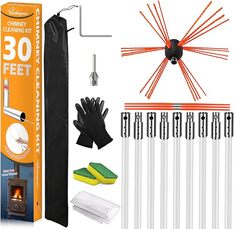 While it’s a great idea to have the chimney inspected by a professional FIRST, if you feel gung-ho, you may be able to do some maintenance yourself. (As always, these are not repair recommendations - use at your own risk and PLEASE BE SAFE!) Here are some suggested steps for cleaning your chimney yourself:
Most people are better off hiring a pro, and for good reason. Chimney cleaning is less straightforward than it may seem, and it’s a job where experience counts. That said, with the right tools, skills, and knowledge of what to look for, it’s possible for a seasoned DIYer to clean their own chimney. Buy a chimney brush that’s sized and shaped to fit your flue, and enough extension rods to run the flue’s entire length (rods come in 4-, 5-, and 6-foot lengths). For masonry flues, use a metal brush, and for stainless steel ones, use a poly brush. You can find these on a number of websites and in some stores, though they're not as readily available in West Texas as in colder areas of the country. Here's an example of a chimney brush: a.co/d/dxPnYFL To use a chimney brush, follow these steps:
That's it! You should have a much cleaner chimney going forward!
Remember, to avoid creosote build up in the future, use dry, hard woods for burning whenever possible. Water heaters can and usually will leak, so having a water heater without a drain pan is kind of like having a home without a roof. It doesn't make sense, and it's pretending the inevitable won't happen!
Drain pans come in several shapes and sizes, so there's no good excuse for your plumbing contractor not installing a drain pan below the water heater.... The next, and equally important step is to make sure that the drain pan is connected to an exterior drain. For slab foundation homes, having a drain pan that connects to an exterior drain can be challenging to install, but it is doable! Having a water heater drain pan that does not connect to an exterior drain is kind of like having a roof that isn't water proof - What's the point? Make sure your next water heater is properly installed! 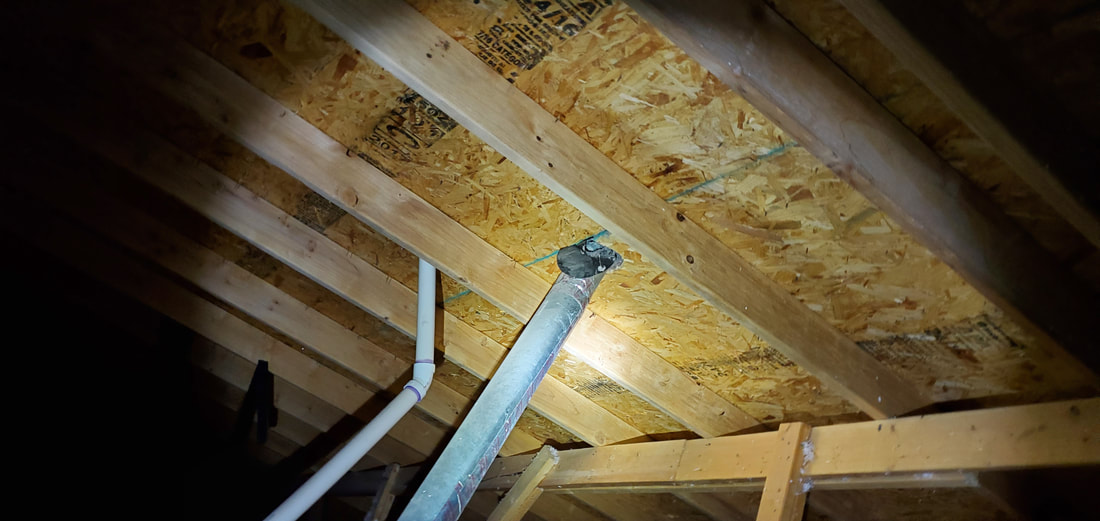 For the last 50 years or so, it has been common for home builders to install a dryer vent that runs through the wall, upwards through the attic to a vent on the roof. Many folks that deal with homes on a daily basis are not aware of this - in fact, I once inspected for a roofing company owner that did not know this! (I wonder how he had replaced so many vents over the years not knowing at least some were dryer vents? Wouldn't you wonder why those vents had dryer lint residue in them if you were him?) Dryer vents are commonly partially obstructed by lint due to lint managing to bypass the lint trap in your dryer. Because they're obstructed, this reduces the effectiveness of your dryer, and in rare circumstances, can sometimes even result in a fire! Cleaning a dryer vent can sometimes be easy if you are up for it - and of course, these instructions are not repair recommendations - if you don't feel confident completing these steps, hire someone that feels confident doing it right! Be safe! Okay, here are your steps to follow: 1. You may need to order a dryer vent cleaning kit. Some dryers vent to the exterior immediately behind the wall so you may be able to clean the vent with a vacuum. Others vent to the roof, which means the vent is very long and will require some more reach. Know which you'll need before buying! For roof vents, you can sometimes see the duct for the dryer vent running through the attic, and it will look something like the pic above - the silver metal pipe. (Be sure it's a dryer vent duct and not for your water heater or furnace!) I've attached a link to one example of a kit made for longer reaches and it's available on Amazon. a.co/d/bsp18uy This one will work for most of the roof discharging dryer vents I've seen on home inspections but feel free to buy one that you like best. 2. Once you've got your hands on your cleaning kit and understand how to use it, now you can disconnect your dryer from the vent connection on the wall inside your home. 3. Okay, you've already identified where your dryer vents to the exterior. If you need the vent kit to clear from the roof down, safely access the roof and remove the vent cover. This can be challenging with some types of vents so make sure you're ready for what's ahead before diving in! The discharge vent above is completely obstructed by lint because the builder or roofer left the screen in place. The screen should have been removed before anyone ever moved in to this home. This dryer has likely been struggling to dry clothes from day one of use, and as noted before, this also creates a potential for a fire hazard. This type of vent cover is difficult to remove easily without damaging the roof covering materials, so if your vent looks like this, make sure to research how to remove and replace it effectively prior to beginning this task!
4. Once the vent cover is removed, you're ready to use the dryer vent kit cleaner to clear the vent and duct. Follow the manufacturer's instructions on this process. This should create quite a bit of lint in the laundry area, so be ready to clean it up when you're done up here! It might help to have a second set of eyes in the laundry room to tell you when the vent looks like its not dropping out any more lint... 5. Once you've cleared the duct, you can reattach or replace the vent cover. 6. Last, after you've cleaned up the debris in the laundry room, you're ready to reconnect your dryer. 7. Awesome! You're done! Keep in mind this task will probably need to be a part of your home maintenance on a regular basis. Once a year is not out of the question, though if you notice your dryer taking longer to dry clothes, it could be a sign that you need to clear the dryer vent again. Thanks for reading! Many homes in West Texas that were built 60 + years ago have or had galvanized plumbing supply lines installed. Much like other things in life that seemed like a good idea at the time, these lines were installed back then because they were assumed to be durable and relatively inexpensive. Now, with lots of hindsight, we know that they are not so durable, and will cost today's homeowner lots of money to repair or replace. The problem stems from how these pipes deteriorate: most of the rust you would anticipate from water + metal is contained inside the pipe - so as these plumbing lines deteriorate, rust builds up inside the pipe. So, how can you tell if a home has galvanized plumbing lines installed?
The most common warning sign is usually limited plumbing supply - in other words, slow flow at a plumbing fixture or fixtures; Especially from the hot water supply! If the home is from the 1960's or earlier, and you turn on the tap and water flow is weak, this could be a warning sign that the home has at least some galvanized supply lines. A less common but more apparent warning sign is stained water coming from a faucet. Rust stained water can definitely indicate that these materials are present, and that there's a problem. Wondering what this looks like in real life? Check out the results of years of rust damage to the interior of galvanized plumbing lines: youtube.com/shorts/v4EzzabwCEg?feature=share Fixes to this issue are not usually cheap - the best fix is likely replacement! However, keep in mind that many of the materials and components used in older homes like this were not created to last forever; replacement and repair should be expected and planned for when buying any home - especially an older home in West Texas. Overview
1. What is this lawsuit about? NAR has promulgated a series of rules, policies, and practices that have been widely adopted by its members which have resulted in a lessening competition among real estate brokers to the detriment of American home buyers. These rules, policies, and practices include: Prohibiting multiple listing services (“MLSs”) from disclosing to prospective buyers the amount of commission that the buyer broker will earn if the buyer purchases a home listed on the MLS (“NAR’s Commission Concealment Rules”); Allowing buyer brokers to mislead buyers into thinking that buyer broker services are free (“NAR’s Free-Service Rule”); Enabling buyer brokers to filter MLS listings based on the level of buyer broker commissions offered and to exclude homes with lower commissions from consideration by potential home buyers (“NAR’s Commission-Filter Rules and Practices”); and Limiting access to lockboxes that provide licensed brokers physical access to a home that is for sale to only those real estate brokers who are members of a NAR-affiliated MLS (“NAR’s Lockbox Policy”). The Defendant and the Alleged Conduct 2. What is the National Association of Realtors? The defendant, the National Association of Realtors (“NAR”), is a trade association organized under the laws of Illinois with its principal place of business in Chicago. It is the leading national trade association of real estate brokers and agents. Among its members are licensed residential real estate brokers, including brokers who provide real estate brokerage services to home sellers, home buyers, or both. Among other activities, NAR establishes and enforces rules, policies, and practices, that are adopted by NAR’s 1,400+ local associations (also called “Member Boards”) and their affiliated multiple listing services that govern the conduct of NAR’s approximately 1.4 million-member REALTORS® who are engaged in residential real estate brokerages across the United States. 3. What are multiple listing services? A multiple listing service (or MLS) is a joint venture among competing brokers to facilitate the publishing and sharing of information about homes for sale in a geographic area. The membership of an MLS is generally comprised of nearly all residential real estate brokers and their affiliated agents in an MLS’s service area. In each area an MLS serves, the MLS will include or “list” the vast majority of homes that are for sale through a residential real estate broker in that area. In most areas, the local MLS provides the most up-to-date, accurate, and comprehensive compilation of the area’s home listings. 2 4. How does NAR issue and enforce these rules, policies, and practices? NAR, through its Member Boards, controls a substantial number of the MLSs in the United States. NAR promulgates rules, policies, and practices governing the conduct of NAR-affiliated MLSs that are set forth annually in the Handbook on Multiple Listing Policy (“Handbook”). Under the terms of the Handbook, affiliated REALTOR® associations and MLSs “must conform their governing documents to the mandatory MLS policies established by [NAR’s] Board of Directors to ensure continued status as member boards and to ensure coverage under the master professional liability insurance program.” NAR and its affiliated REALTOR® associations and MLSs enforce the Handbook’s rules, policies, and practices as well as the rules, policies, and practices set forth in NAR’s Code of Ethics. NAR’s Code of Ethics states that “[a]ny Member Board which shall neglect or refuse to maintain and enforce the Code of Ethics with respect to the business activities of its members may, after due notice and opportunity for hearing, be expelled by the Board of Directors from membership” in NAR. 5. How does these rules, policies and practices violate the antitrust laws? NAR’s real estate broker members are direct competitors for the provision of listing broker and buyer broker services. NAR’s and its affiliated MLSs’ adoption and enforcement of these rules, policies, and practices reflect concerted action between horizontal competitors and constitute agreements among competing real estate brokers that reduce price competition among brokers and lead to higher prices and lower quality service for American home buyers and sellers. The Division has alleged that these agreements individually and collectively unreasonable restrain trade in violation of Section 1 of the Sherman Act, 15 U.S.C. § 1. The Alleged Unlawful Agreements NAR’s “Commission-Concealment Rules” 6. What are the “Commission-Concealment Rules”? NAR’s Commission-Concealment Rules recommend that MLSs prohibit disclosing to prospective buyers the total commission offered to buyer brokers. All or nearly all of NAR-affiliated MLSs have adopted a prohibition on disclosing commissions offered to buyer brokers. This means that while buyer brokers can see the commission that is being offered to them if their home buyer purchases a specific property – a commission that will ultimately be paid through the home purchase price that the home buyer, represented by the buyer broker, pays – MLSs conceal this fee from home buyers. 7. What is the alleged anticompetitive effect of the “Commission-Concealment Rules”? NAR’s Commission-Concealment Rules relieve buyer brokers from the necessity of competing against each other by offering rebates or offering to accept lower commissions. These rules also make home buyers both less likely and less able to negotiate a discount or rebate off the offered 3 commission. NAR’s Commission-Concealment rules encourage and perpetuate the setting of persistently high commission offers by sellers and their listing agents. The result is higher prices for buyer broker services. 8. Can the “Commission-Concealment Rules” lead to other anticompetitive effects? Yes. Because of the Commission-Concealment Rules, buyer brokers may steer potential home buyers away from properties with low commission offers by filtering out, failing to show, or denigrating homes listed for sale that offer lower commissions than other properties in the area. When buyers can’t see commission offers, they can’t detect or resist this type of steering. Steering not only results in higher prices for buyer broker services, it also reduces the quality of the services that are rendered to the potential home buyer, making it less likely that the buyer will ultimately be matched with the optimal home choice. Fear of having buyers steered away from a property is also a strong deterrent to sellers who would otherwise offer lower buyer broker commissions, which further contributes to higher prices for buyer broker services. NAR’s “Free-Service Rule” 9. What is the “Free-Service Rule”? NAR’s Free-Services Rule allows buyer brokers to mislead buyers into thinking the buyer broker’s services are free and hiding the fact that buyers have a stake in what their buyer brokers are being paid. 10. Why is the “Free-Service Rule” allegedly anticompetitive? Buyer broker fees, though nominally paid by the home’s seller, are ultimately paid out of the funds from the purchase price of the house. If buyers are told that buyer broker services are “free,” buyers are less likely to think to negotiate a lower buyer broker commission or to view buyer broker rebate offers as attractive. In these ways, NAR’s Free-Service Rule likely leads to higher prices for services provided by buyer brokers. NAR’s Commission-Filter Rules and Practices 11. What are NAR’s Commission-Filter Rules and Practices? NAR’s Commission-Filter Rules and Practices allow buyer brokers to filter MLS listings that will be shown to buyers based on the level of buyer broker commissions offered. Once this filtering is performed, some MLSs further permit buyer brokers to affirmatively choose not to show certain homes to potential home buyers if the buyer broker will make less money because of lower commissions. Homes may be filtered out in this manner even if they otherwise meet the buyer’s home search criteria. For example, buyer brokers or agents may use an MLS’s software to filter out any listing where buyer broker will receive less than 2.5% commission on the home sale. The buyer broker would then provide to its home buyer customer only those listings where the buyer broker would be paid a 2.5% commission or more if the home sale is completed. 4 12. Why are NAR’s Commission-Filter Rules and Practices allegedly anticompetitive? NAR’s Commission-Filter Rules and Practices are anticompetitive because they facilitate steering by helping buyer brokers conceal from potential home buyers any property listings offering lower buyer broker commissions. The practice of steering buyers away from homes with lower buyer broker commissions likely reduces the quality of buyer broker services and raises prices for buyer broker services, both at the expense of home buyers. NAR’s Lockbox Policy 13. What is NAR’s Lockbox Policy? Lockboxes hold the keys to a house to allow brokers and potential home buyers to access homes for sale, with permission from the selling home owner, while continuing to keep the homes secure. Such lockboxes are access by a real estate broker using a numerical code or digital Bluetooth® ‘key’ enabling the real estate broker to show buyer homes that are listed for sale. NAR and its members have adopted a policy and practice that limits access to lockboxes to only those real estate brokers who are members of NAR and subscribe to the NAR-affiliated MLS. Licensed, but non-NAR-affiliated brokers are not allowed to access the lockboxes. 14. How does NAR’s Lockbox Policy allegedly impact competition? Because only real estate brokers that are members of NAR and subscribe to the NAR-affiliated MLS are permitted access to lockboxes, this policy and practice effectively deprives licensed real estate brokers that are not members of NAR from accessing properties for sale to show potential home buyers. This lessens competition for buyer broker services as real estate brokers that are not members of NAR cannot access lockboxes and show properties to their clients. Terms of the Settlement 15. How does the proposed settlement with NAR resolve the Division’s concerns? The proposed settlement with NAR requires NAR to repeal, eliminate or modify its rules, practices and policies that the Division alleges violate antitrust law. Under the terms of the settlement, memorialized in the proposed Final Judgment, NAR and its Member Boards must not adopt, maintain, or enforce any Rule, or enter into or enforce any Agreement or practice, that directly or indirectly: a. Prohibits, discourages, or recommends against an MLS or MLS Participant publishing or displaying to consumers any MLS database field specifying the compensation offered to other MLS Participants; b. Permits or requires MLS Participants, including buyer brokers, to represent or suggest that their services are free or available to a client at not cost to the client; 5 c. Permits or enables MLS Participants to filter, suppress, hide, or not display or distribute MLS listings based on the level of compensation offered to the buyer broker or the name of the brokerage or agent; or d. Prohibits, discourages or recommends against the eligibility of any licensed real estate agent or broker, from accessing, with seller approval, the lockboxes of those properties listed on an MLS. 16. How long will the Final Judgment remain in place? Unless the court grants an extension, the Final Judgment will be in place for 7 years from the date of its entry, except that after 5 years from the date of its entry, the Final Judgment may be terminated upon notice by the United States to the court and NAR that the continuation of the Final Judgment no longer is necessary in the public interest. 17. What happens now that the Division has filed a complaint and proposed settlement with the court? NAR has agreed to abide by and comply with the provisions of the proposed Final Judgment, pending the Court’s entry of the proposed Final Judgment. The proposed settlement will be published in the Federal Register as required by the Antitrust Procedures and Penalties Act. At the conclusion of the 60-day comment period, the court may enter the proposed final judgment upon a finding that it serves the public interest. 18. Where can comments regarding the proposed Final Judgment be sent to? Any person may submit written comments regarding the proposed final judgment within 60 days of its publication to the Chief of the Office of Decree Enforcement and Compliance, Antitrust Division, U.S. Department of Justice, 950 Pennsylvania Ave., NW., Washington, DC 20530. 19. What impact, if any, does this settlement have on any pending private lawsuits against NAR? This settlement addresses and resolves the Division’s concerns with regards to the conduct set forth in the complaint. While the Division has previously filed statements of interest in two pending private litigations involving NAR, this settlement has no impact on those or any other private lawsuits to which NAR is a party. Over the last several years, new home inspectors have inundated the real estate market throughout west Texas.
This is nothing new. As the economy ebbs and flows, folks that were once working a job that they didn't enjoy begin looking for greener pastures and easy money. This is where many inspectors join the real estate market, particularly over the last few years. This creates several problems for you, the home buyer or agent: 1. Because they are new, they lack experience. I can tell you from past interactions with inexperienced home inspectors that many times they miss the forest for the trees, if you will. By that I mean that they don't always comprehend why they are required to inspect what they inspect and report what they report. They are many times a checklist completer: "I did the minimum that the state requires me to do, now give me my money!" Needless to say, this is not a valuable service being provided. 2. With new inspectors come lots of part timers. These are usually inspectors that have a full time job somewhere else - like working in an office or some other industry that has absolutely nothing to do with construction. Do you really want to entrust the biggest financial decision you'll ever make to info provided by a person that doesn't have any more experience with inspecting, construction practices etc. than you do? What are you paying them for? 3. The title of this post states the last problem - easy come, easy go. Just as quickly as they completed the 2 week training course and passed the easy state license test to become an inspector, once the market slows down, they'll give up their dream of easy money in the real estate market and try something else, like lawn maintenance or something. Again, do you really want to entrust one of the biggest decisions you'll ever make to this person? So what's the solution? Make sure to hire an inspector with: At least 5 years of experience in real estate inspections in TEXAS. A full time inspector. An inspector who has lived in our area for at least 5 years. A locally owned and operated inspection company. DO NOT hire the cheapest inspector - there is a reason they're the cheapest! Before I begin sharing my recommendations, a couple of notes:
I began this business in 2014 - as of today I have personally inspected 4,300+ properties. I have inspected very inexpensive homes and very expensive homes. Homes ranging from under 500 s/ft. to homes over 10,000 s/ft. I have inspected properties as far south as Sanderson Tx, as far north as Amarillo, Tx, as far east as Benjamin, Tx and as far west as Clovis, NM. All of this to say: regardless of the location, size, buyer, seller, or price; these are universal; buyers want the most for their money, sellers want the most for their property, and everyone wants to survive the real estate transaction! I can offer my advice for the inspection process because I have seen what works and what doesn't; Here are my recommendations for you as a home buyer: You should do several things in the process of preparing for the inspection; 1. Option to have all systems in the home inspected. (I often see folks avoid the cost of inspecting a major component of the home, but end up getting burned because those component(s) are inoperable or malfunctioning.) 2. Option to receive a repair estimate report with your inspection report. (This is a great product that Double C Home Inspections offers which can provide you with a reasonable estimate of the cost to fix every defect found on our inspection report.) 3. Once you have received your inspection report and repair estimate report, take that info with you to negotiate the price of the property. 4. DON'T ask the seller for repairs. (I know this is counter to what many others may recommend, but in my experience this never works out for the buyer. Either the seller doesn't properly fix it, the contractor they hire is incompetent, or it becomes a contentious situation. I HAVE NEVER completed a re-inspection that verified every requested repair was repaired correctly. Think about that!) In conclusion, I recommend that you hire a pro (Double C Home Inspections) to inspect your property and use the info to save yourself money up front, then, plan to make those recommended repairs later on.  Speaking from personal experience, I can tell you that spring in West Texas can be rough on my allergies. Lord knows we have plenty of potential causes in our region - blowing dirt, dry conditions, blooming plants - but one cause that many of us have never considered are the fruitless mulberry trees in Many older neighborhoods on the South Plains and Permian Basin. Neighborhoods in older areas of towns in our region had these trees planted during the housing booms post World War 2. These trees are big, beautiful, and are nearly impossible to kill on accident. All of these factors make for a resilient shade tree in a generally inhospitable area. I'm no physician, but I can share with reasonable certainty that the allergy problem manifests itself in the spring - as early as February, but seems to peak in March and April. Each year allergy sufferers struggle through these months - especially if they live in older areas of our cities and towns. The cause could be fruitless mulberry trees - as I've learned these trees are tremendous pollen creators! In fact, several major metro areas in the southwestern US banned the planting of these trees decades back. 3 decades into El Paso’s ban on new mulberries, existing trees are nearing end of lifeIn addition to the problems associated with allergens caused by these trees, I can also tell you that older plumbing lines are highly susceptible to their root systems. You see, because these trees are so durable, they are therefore experts at locating moisture in our dry climates. Believe it or not, mulberry trees are heavy users of water! Sometimes, for the tree, locating that moisture is easy; and so another leaking plumbing drain line soon becomes an entry point for tree roots. It's not unusual for sewer line replacements completed in older neighborhoods to be due, in part, to this particular tree.
Also, many foundation problems are caused by intrusive tree root systems. Trees and vegetation (regardless of type) planted too close to a structure are a common cause of foundation issues because the tree is, again, searching for moisture. However, even trees planted a reasonable distance from a structure can still cause problems for the foundation if the tree is always struggling to get something to drink! So how can you avoid the challenges listed above? The simplest choice might be to remove the tree! However, I don't blame you if you don't want to - I've got 2 fruitless mulberry trees in my yard! They provide outstanding shade in the heat, and are very durable trees! I'm certain I'm saving money during the summer because these trees keep a large part of my home shaded daily during hot temps! Your next best solution might be to keep them watered near the tree trunk, so they're not searching for moisture under your home or near a sewer line. If they can find water near the trunk, those pesky root systems might not work so hard to damage your home or plumbing system. Additionally, you might consider improving your homes insulation levels in the attic, and sealing off potential air leaks wherever they may be found to assist with allergy reduction. Older homes are not generally very energy efficient, so sealing gaps and cracks at windows, doors, floors, ceilings, in the attic, etc, all could help a little with this situation. These are not fool-proof solutions (eventually you'll have to go outside!), but they could improve your quality of life, and reduce potential repair costs on your home in the future. As the hotter months approach West Texas, soon we will all be looking for ways to stay cooler!
With that in mind, I wanted to share a few pointers to help homeowners ready their homes for hot temperatures! #1. - Is your A/C system ready? Many times, our A/C system will "decide" to bite the dust during the hottest stretch of summer - this is not something that anyone can predict, so it's in your best interest to make sure your system is ready long before it gets too hot to handle! How old is your system? If you received a home inspection before purchasing the home, you can find that info on your inspection report IF Double C inspected your home. Generally, A/C units average about 15 years of life, so if your system is near that date or older, you might want to plan ahead for replacement now! Also, make sure you've been changing your return air filters monthly. This simple task is vital to the longevity of your system! If your system is older, or you're not sure whether the system has been maintained correctly, it might be prudent to contact a licensed HVAC company to service the system. Sometimes this can result in improved performance, and extended life! 2. Windows and doors leaking? Sometimes this is easy to tell - I've inspected many homes that had doors and windows that did not close properly. If this is your home, correcting this issue can help with energy savings! 3. Insulation in your home - this one can be more challenging to correct, but a lack of adequate insulation in the attic and walls can negatively impact energy consumption in your home. The Texas Real Estate commission standard states that 6" or less of attic insulation is inadequate and is considered a defect. In conclusion - we all need to prepare for another hot West Texas summer! Tankless water heaters, also known as demand-type water heaters, provide hot water only as it is needed. They don't produce the standby energy losses associated with storage water heaters, which can potentially save money.
Tankless water heaters heat water "on demand" without the use of a storage tank. When a hot water faucet is turned on, cold water flows through a heat exchanger in the unit, and either a natural gas burner or an electric element heats the water. As a result, tankless water heaters deliver a "constant" supply of hot water. You don't need to wait for a storage tank to fill up with enough hot water. However, a tankless water heater's output limits the flow rate. (This is important, as you should not expect endless amounts of hot water.) Typically, tankless water heaters provide hot water at a rate of 2–5 gallons (7.6–15.2 liters) per minute. Gas-fired tankless water heaters produce higher flow rates than electric ones, and don't require the high amp requirements of an electric unit. Sometimes, however, even the largest, gas-fired model cannot supply enough hot water for simultaneous, multiple uses in large households. For example, taking a shower and running the dishwasher at the same time can stretch a tankless water heater to its limit. To overcome this problem, you can install two or more tankless water heaters. You can also install separate tankless water heaters for appliances -- such as a clothes washer or dishwater -- that use a lot of hot water in your home. However, additional water heaters will cost more and may not be worth the additional cost. Per the US Dept of Energy: For homes that use 41 gallons or less of hot water daily, demand water heaters can be 24%–34% more energy efficient than conventional storage tank water heaters. They can be 8%–14% more energy efficient for homes that use a lot of hot water -- around 86 gallons per day. In some cases you may be able to achieve even greater energy savings if you install a demand water heater at each hot water outlet. Now, the initial cost of a tankless water heater is greater than that of a conventional storage water heater, but tankless water heaters will typically last longer per research, and have lower operating and energy costs, which could offset their higher purchase price. Most tankless water heaters have a life expectancy of more than 20 years, though they have not been around long enough to prove out this research in my opinion. They also have easily replaceable parts that may extend their life by many more years. In contrast, storage water heaters last 10–15 years nationally, and around 6-10 years in West Texas. Tankless water heaters avoid the standby heat losses associated with traditional tank water heaters. However, although gas-fired tankless water heaters tend to have higher flow rates than electric ones, they can waste energy if they have a pilot light. This can sometimes offset the elimination of standby energy losses when compared to a storage water heater. In a gas-fired storage water heater, the pilot light heats the water in the tank so the energy isn't wasted. The cost of operating a pilot light in a tankless water heater varies from model to model. Review the manufacturer's literature to determine how much gas the pilot light uses for the model you're considering. Look for models that have an intermittent ignition device (IID) instead of a standing pilot light. This device resembles the spark ignition device on some natural gas furnaces and kitchen ranges and ovens. Proper installation and maintenance of your demand water heater can optimize its energy efficiency. Proper installation depends on many factors. These factors include fuel type, climate, local building code requirements, and safety issues, especially concerning the combustion of gas-fired water heaters. Therefore, it's best to have a licensed, qualified plumbing and heating contractor install your demand water heater. Well, there you go! Everything you ever wanted to know about tankless water heaters! What is a septic system? It's essentially an on-site sewer system. Whereas a residence in a city would be connected to a municipal sewer system, many rural properties are connected to an on site sewer system. The differences between these two types of sewer systems are numerous. In Lubbock, Midland, Odessa, Snyder and Colorado City, or for that matter most areas of the South Plains and Permian Basin, you'll generally only come across one specific type of septic system; anaerobic systems. We won't get into the finer points of how a septic system functions today, but we will show you the basics of how we perform a septic system inspection! Okay, let's pretend you've been consulted to perform a septic inspection. Your first question you need to answer is: Where is the septic tank? The photo above demonstrates the basic challenge of any septic system inspection: where is the septic tank? Many times, there are few (if any!) visual clues as to the location of the septic tank. This is most often due to the septic system being installed in an unconventional manner, &/or not being properly maintained over the years! National and Texas standards recommend that a septic system should be pumped every 2-5 years. You would not believe how many homeowners have gone DECADES without ever pumping their system! This is a disaster waiting to happen!  The photo above illustrates how some visual clues are better than none! We still don't exactly know where the tank is located, but we can see a sewer clean out near the home. At least in theory, the tank should be nearby, though this doesn't mean that a plumber, septic contractor, or Joe Homeowner didn't decide to do something weird and place the septic tank in an illogical location away from the cleanout. The photo above shows what we might assume is the location of the drain field or "leech lines". This provides the final step in the sewage treatment process. There is no way for anyone to inspect the drain field without fully excavating all lines, generally 100' of digging. We don't provide this service for numerous reasons; for one, can you imagine how this homeowner would feel about the damage this digging would cause to their lovely yard? Due to our wealth of experience, we were able to locate this septic tank after excavating about a foot below the surface. This is crucial - no access to the lid, the septic tank can't be inspected OR maintained! As mentioned before, no maintenance of the system is a disaster is waiting to happen! It is not uncommon for us to encounter a septic tank lid that can't be removed, again, most often due to lack of maintenance! Success! We were able to locate the tank, the tank lid, and access to the interior of the tank was possible! As you can see, this is a very time consuming process that involves a lot of hard, physical work most of the time. We love it when we can drive up to a home and the tank lid is clearly visible (which is recommended by licensing authorities), but most of the time, the tank is located under hard as concrete caliche, rock, driveways, sidewalks, or flat out missing - again, all due to improper installations, lack of maintenance, or both! Like to learn more or request your an inspection?
www.doublecinspection.com/request-your-inspection-247.html Make us your first call, and we can complete all of the necessary inspections on your next property!
We have inspected hundreds of swimming pools over the last 9 years in Lubbock, Midland, Odessa, Snyder and Colorado City, or for that matter most areas of the South Plains and Permian Basin, & our company offers this service as an ancillary service with our standard home inspections! So, you might be wondering, how does a TREC pool inspection work? We look at dozens of components related to the swimming pool during the inspection: our main focus is safety. Safety should be the #1 priority of any pool owner: 2021 - there were 6,800 pool related injuries to children under 15 in the U.S.! 2017 - 2019 - an average of 389 pool related Deaths to children under 15 in the U.S.! #1 - is electrical safety - in a nutshell, everything connected to a pool should be GFCI protected. Simple defects like loose conduit can be dangerous, but are also generally an easy fix! #2 - is the condition of the pool itself: cracks in the pool surface can quickly expand, creating further damage and even make the pool beyond repair! #3 - Condition of installed components: each pool is different, but generally will include some of the same basic features. Improperly installed items can have a limited useful life, or could even damage other components of the pool! #4 - Equipment malfunctions: this could include the pump, heater, filter, etc. It's not unusual for us to observe one or several of these items that does not function properly or at all. Leaks are also a common defect we fine! #5 - Other components of the pool and pool area: this might include a diving board, ladder, slide, etc. Items not correctly installed or damaged could result injury! #6 - And possibly MOST important (just ask your insurance agent!) - is the security of the pool area! As crazy as it sounds - if you own or are responsible for the pool, it's possible that you're liable; even if someone trespasses and gets injured or worse on your property. (Good ol' American legal system hard at work!) This is why door locks, alarms, and gate locks/latches that are child resistant are so important! Many times we observe that these are easily overlooked by homeowners! If you'd like to request your next home, termite, pool, septic, or sewer camera inspection, click here: Request your next inspection HERE If you'd like to learn more about other areas of the home, click here: More great info HERE We appreciate you reading and your feedback! Average Home Inspection Cost In The U.S. (Courtesy of repairpricer.com) Every year, we survey hundreds of home inspection firms in every state across the US to track the average cost of a home inspection. Not that price alone is always the best deciding factor to use when choosing a home inspector (read more on this below) but it’s useful to know what to expect when ordering a home inspection. If however you’ve come here looking for a home inspection cost calculator to turn your inspection report into a repair estimate then head on over to our homepage for instructions on a fast, easy way to do that. Still reading this? Then that means you’ve probably been asking yourself “How much does a home inspection cost?” and read a lot of articles and posts out there that claim to show you the average home inspection cost in the US today. Which is great. Except you’re probably not buying the average house in the average area of the average age and average square footage. So we’ve gone even further and broken down our pricing survey by not only average cost in each state, but also by size of home, and also prevalence and cost of additional services like termite, radon and sewer inspection services. So here it is – the average cost of a home inspection as actually quoted by REAL US Home Inspectors. Based on our survey, for the average 3 bed, 2 bath US Home of 2400 sf, (with no additional services) you should expect to pay around $450 for a home inspection. You will also see a second graph that shows the high, low and average cost for typical add on services you will find offered on inspections in your area. And here’s an actual breakdown of data from our survey (rounded to two decimal places.)
In Lubbock, Midland, Odessa, Snyder and Colorado City, or for that matter most areas of the South Plains and Permian Basin, we have seen just about everything you could imagine in a property inspection process. We love to help our client's make informed decisions, and that's why we'd love to share this info!
So you are looking for the "perfect" home, and you've found one that is within your price range and in a nice neighborhood. Now it's time to tour the home to see what's inside! So, what you should be wary of prior to making an offer? From a home inspector's point of view, there is not much that would discourage me from purchasing a home; at this point, I've inspected around 4000 homes, so it's very rare for me to see something that surprises me. That said, you are not in the same situation, which might be why you're reading this! Here are a few things that I see from time to time that might make me want to know more about the home if I were a buyer: 1.New cosmetic details on an older home. Let's be real, homes from the 60's didn't have an "open floor plan". If I see a home like this, I wonder how it was done, who did the work, and did they receive the required permits? Unfortunately, the answers to those questions are usually: Wrong, Someone that didn't know what they were doing, & NO. The new cosmetic details can be much simpler, like new interior doors, crown molding, baseboards, flooring, paint, texture. All of these things can certainly make the home look nice, but these items are also cheap and don't require a licensed pro to perform their installation. This means that it was almost certainly cheaper for this work to be done and it also makes a big impression on a potential home buyer. We are visual creatures, so it looks nice and therefore our brain says it must be nice! Almost every home I've inspected that meets the above criteria had numerous significant defects that weren't readily visible without a home inspection! Yet another reason a Double C Home Inspection is crucial. 2. New texture/paint on walls. In any home where you see this, just know that there was a reason this repair was completed. Maybe the damage was innocent, like a chair falling over and hitting a wall, putting a hole in the wall. But sometimes, we see homes where the repair was not so innocent! Texture is a great camouflage for termite damage. The texture will dry and harden once applied and being able to visually establish that termite damage is present becomes nearly impossible! This is why Double C Pest www.doublecpest.com/ provides Termite inspections AND Termite treatments! 3. Septic systems. Septic systems are a perfectly acceptable means of treating waste water. Millions of septic systems exist nationwide. However, we find that the majority in West Texas have not been properly maintained. You would be surprised to know how many home owners don't even know where their septic tank is! How can you maintain something you own if you don't know a thing about it? This is why Double C Home Inspections provides septic system & also sewer camera inspections as an optional service! 4. Older home with big trees in the yard. Let's be real, a tree that manages to survive decades in West Texas is a force to be reckoned with! Sometimes, said tree survives in a yard by finding the sewer drain line under the home and working it's roots into the line. This is why Double C Home Inspections provides sewer camera inspections as an optional service! You would not believe how many homes have some sort of plumbing problem that is completely unknowable without the use of this service! 5. Finally, look around at the home's interior and see if you see small dark stains around light switches, electrical outlets, lights, etc. This could mean that the home has or has had a serious ROACH infestation! Along those lines, if you see live bugs during your tour, this may be a sign that the home has a pest problem! Think about it, how often do you see live roaches? This is because they are generally a nocturnal pest, so live ones in the day time mean they are either fearless or desperate; either of these are bad signs. This is why Double C Pest www.doublecpest.com/ provides a complete pest management plan to fit your needs! The most important part of a home purchase is the home inspection! Don't let anyone convince you otherwise! Cale Cameron The Internet is the future of commerce, right? You can use it to buy sneakers, groceries, cars, and now…homes? That’s right. Consumers can simply log onto the nearest computer and snatch up properties without even physically walking through the home in person, thanks to online flippers called iBuyers. IBuyers such as Offerpad, Opendoor, and RedfinNow, make data-driven cash purchases of properties, make minor updates and repairs to the homes, and resell them on the open market. Buyers then purchase the property solely based on the online listing and maybe a 3D virtual tour. With the news of Zillow retreating from the iBuyer market, we could only wonder, is online home buying here to stay? And if so, where? To find out, we decided to analyze which cities are the best and worst for virtual home buyers. based on the number of homes in the area that offer a 3D tour and the average home price.MethodologyWe based our analysis on the 49 most populous cities in the U.S. to ensure high sample sizes of home listings. We focused on the number of nearby homes offering an online 3D tour and relevant factors like home value and average list price in each city. Specifically, we gathered the following factors for each of the 49 cities in our analysis: 3D Listings Weight: 3.00 Zillow Home Value Index Weight: 2.00 For Sale Inventory Weight: 2.75 Median List Price Weight: 2.25 Note: The Zillow Home Value Index (ZHVI) is a smoothed, seasonally adjusted measure of the typical home value and market changes across a given region and housing type. It reflects the typical value for the region’s homes within the 35th to 65th percentile range. Importantly, ZHVI dollar amounts reflect the typical home value for the region—not the median home value. After collecting the individual city factors above, we assigned each one with an appropriate weight given their importance in determining a city’s value for buying homes online. We then assigned each city a score of 0-5 for each ranking factor based on the raw value and its weight. Individual factor scores were then added together to give each city a final score from 0-50. Higher scores indicate cities are better for buying homes from Zillow online. Nashville and Salt Lake City were not included in the final results due to insufficient data available. The remaining 47 cities were ranked according to their individual factor scores and weights. Read on to see what we found.The 20 Best U.S. Cities for Online Home Buyers, According to ZillowFirst, we looked at the 20 best cities for Zillow home buyers. Offering a whopping 20,244 available properties at a median list price of just over $322,000, Philadelphia, Pennsylvania is the number one city for home buyers. The typical home value is even lower—$225,000—making it even more affordable for those looking to settle into the City of Brotherly Love. Additionally, while not the most on our list, there are 315 listings with 3D showings online for those who want to attend open houses from the comfort of their couch. Just shy of Philadelphia’s city score of 47.62 out of 50, Houston, Texas took second place with a city score of 47.02. The Southern mecca has more than 8,000 more listings than Philadelphia and almost 400 additional online 3D showings, but the higher median list price took the city down a notch for prospective buyers. Going down the list, Chicago, Illinois came in third with a score of 46.92 and Phoenix Arizona was fourth with a score of 44.97. Washington, D.C. rounded out the top five cities for Zillow home buyers with a score of 42.29.The 10 Worst U.S. Cities for Online Home Buyers, According to ZillowSo, what about the worst cities for Zillow home buyers? With a whopping median list price of 1,249,333, we’re not surprised to see San Jose, California score 8.11 out of 50 and take the title as the worst U.S. city for Zillow home buyers. In addition to eye-popping prices, the city only has 104 listings out of 3,029 with 3D showings available. Other large metropolitan areas where homes are notoriously expensive suffered in our ranking as well. We saw San Diego, California, Buffalo, New York, and Memphis, Tennessee on the list in third, ninth, and tenth place, respectively. But where the top 10 worst cities for Zillow home buyers really failed is their lack of 3D tours online. In Hartford, Connecticut, sixth in the ranking, just 2 out of 3,616 listings had them. Likewise in Birmingham, Alabama, which placed eighth, only 3 out of 4,068 listings featured 3D tours.Scores by CityDo you live in one of the top 47 most populous cities in the U.S. and want to know where it ranks in terms of buying a home on Zillow? Check out our full dataset above to find out. We included all the cities in our analysis as well as the raw data for each ranking factor so you can further analyze why your home city did well or not so well in the ranking.Closing ThoughtsWhile Zillow reportedly pulled out of buying homes online due to paying prices they could not recoup when selling them, it’s still very easy for consumers to log on and purchase a home without even setting foot on the front lawn. Some states are better than others for doing this, as we have seen above, but we at Repair Pricer don’t recommend it at all. When you visit a property in person, you gain invaluable information about its condition that you’d never discover through a webcam. Additionally, you should always have a professional home inspection performed to uncover hidden repairs and potential dangers of your new home. This great article is available with additional info from one of our 3rd party vendors at www.repairpricer.com/zillow-homebuyers/?utm_medium=email&_hsmi=197900027&_hsenc=p2ANqtz--nw104FzE_xt4RQm2bCpdbIUQ2zyg3hNIytVI5P4YhesI-O4_OjobvJD1H7My4cCYRwaoPWZCl6HEJ9VQOx9wazig3BCJ_yM4sBnDKvUniJWs6Wn0&utm_content=197900027&utm_source=hs_email |
AuthorCale Cameron Archives
May 2024
Categories |
Proudly powered by Weebly

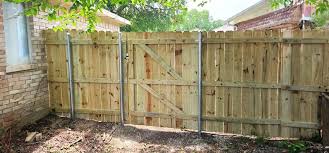




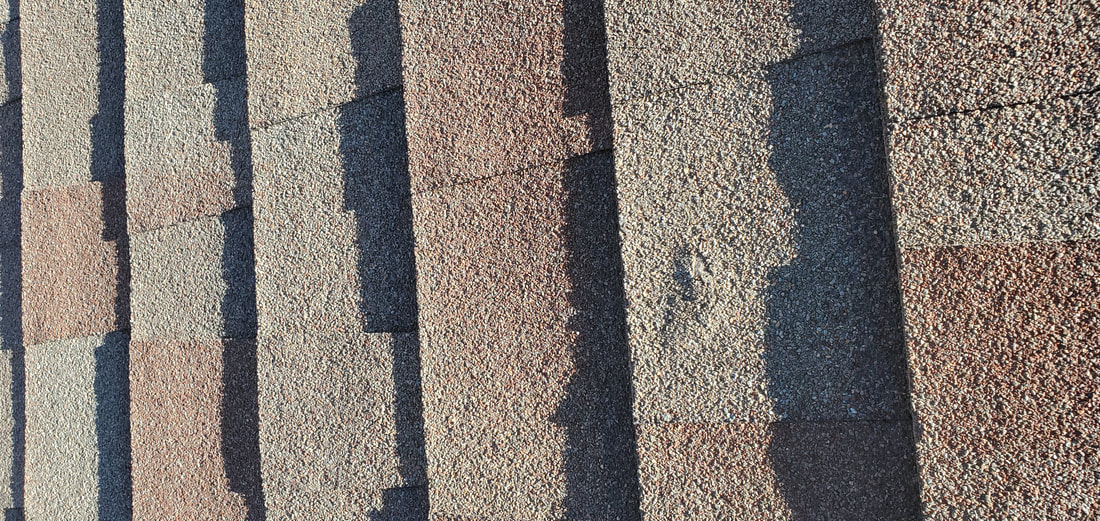
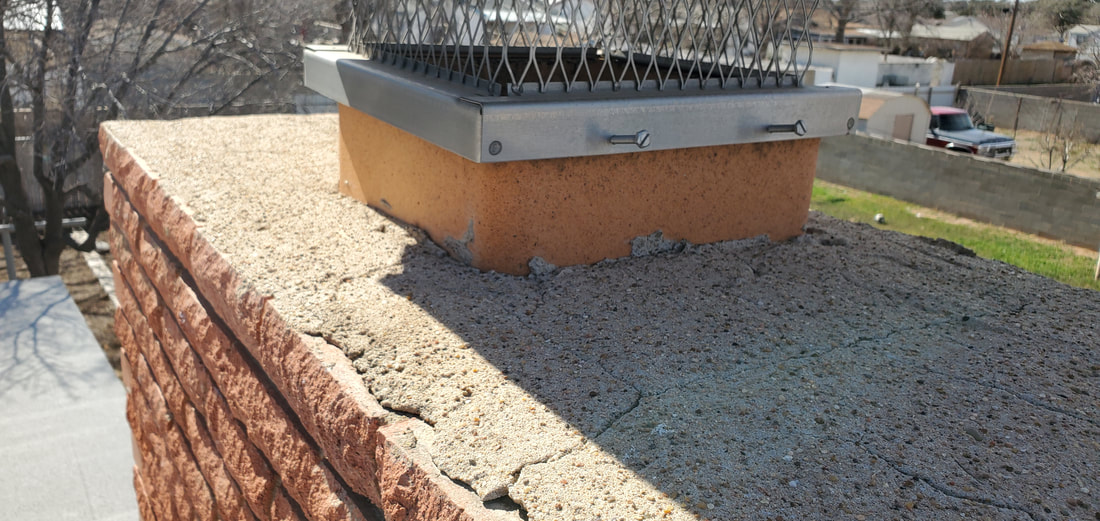
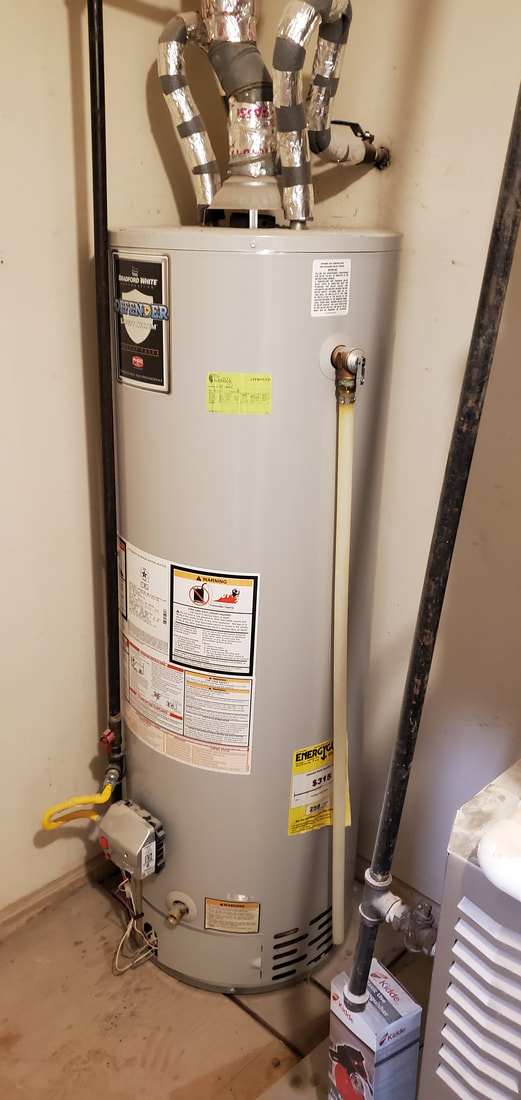
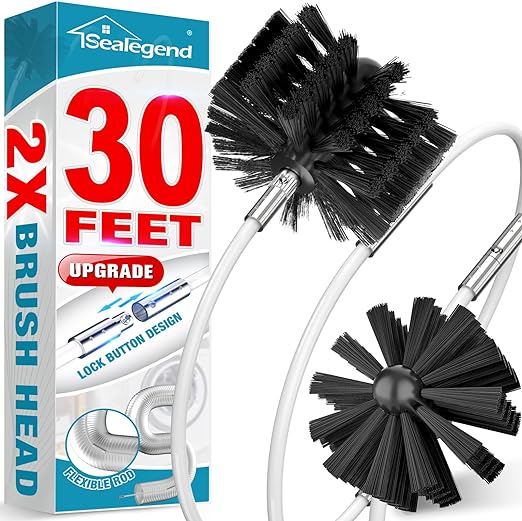
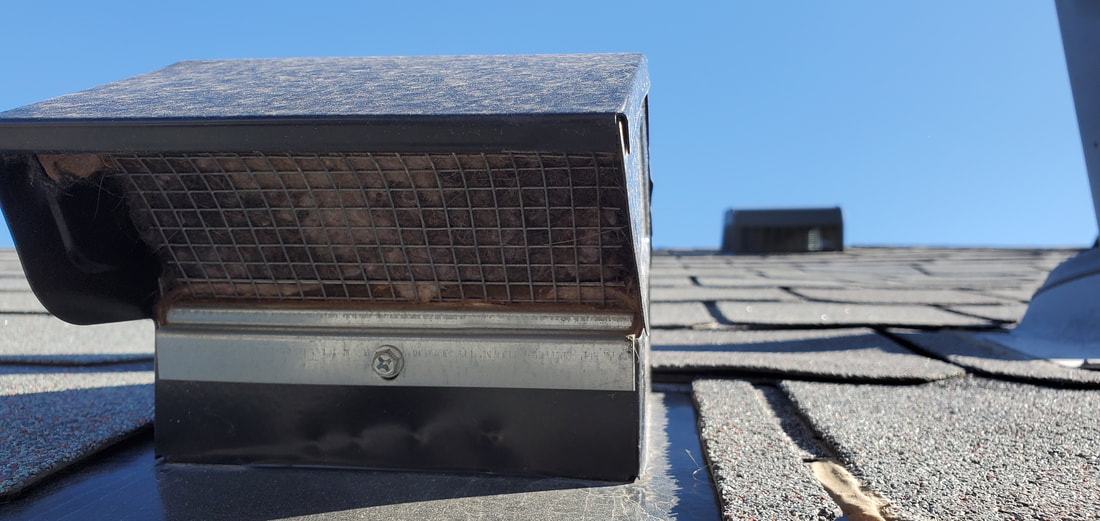
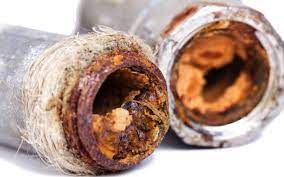
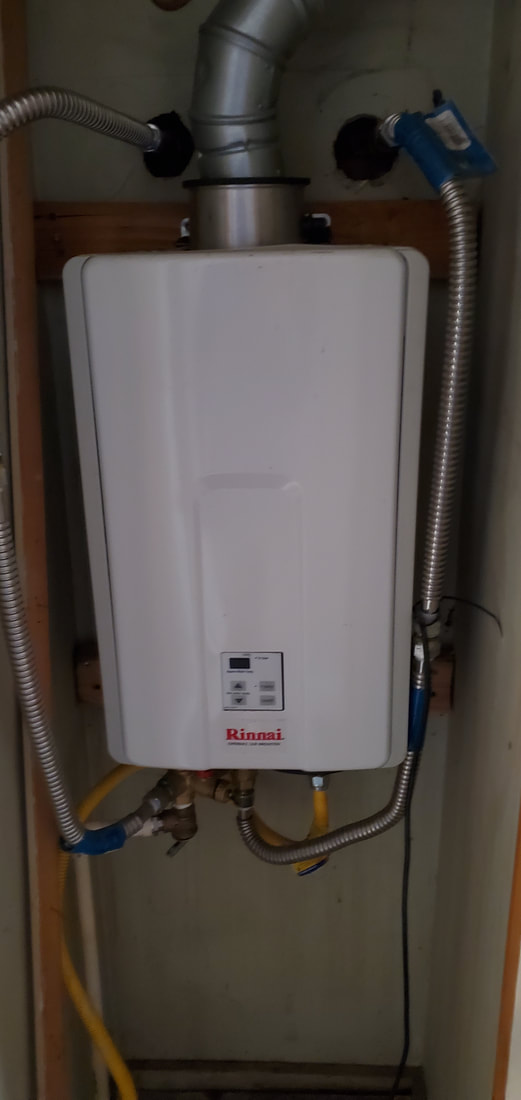
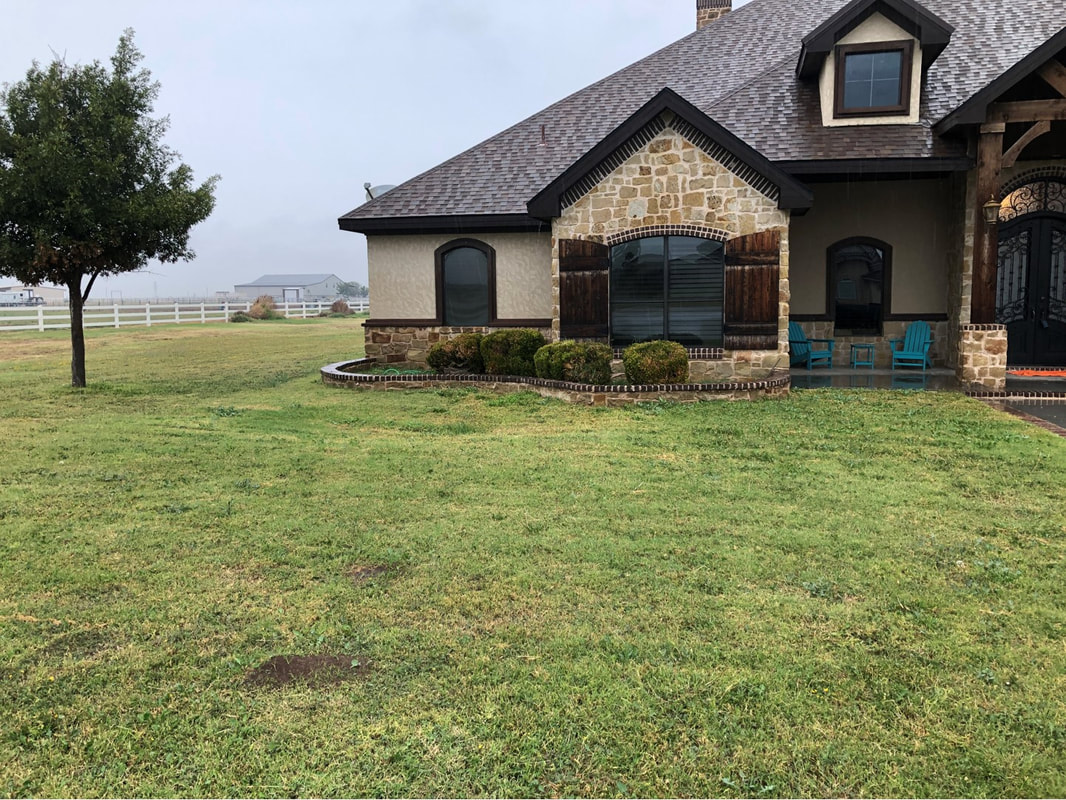
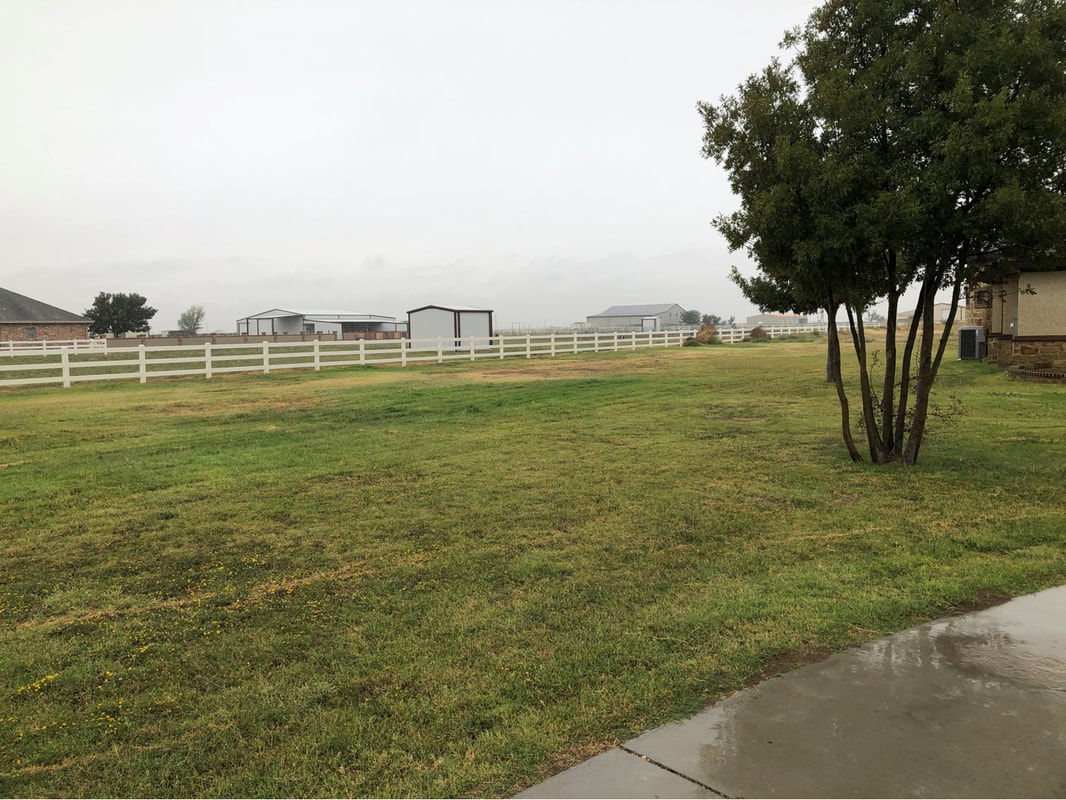
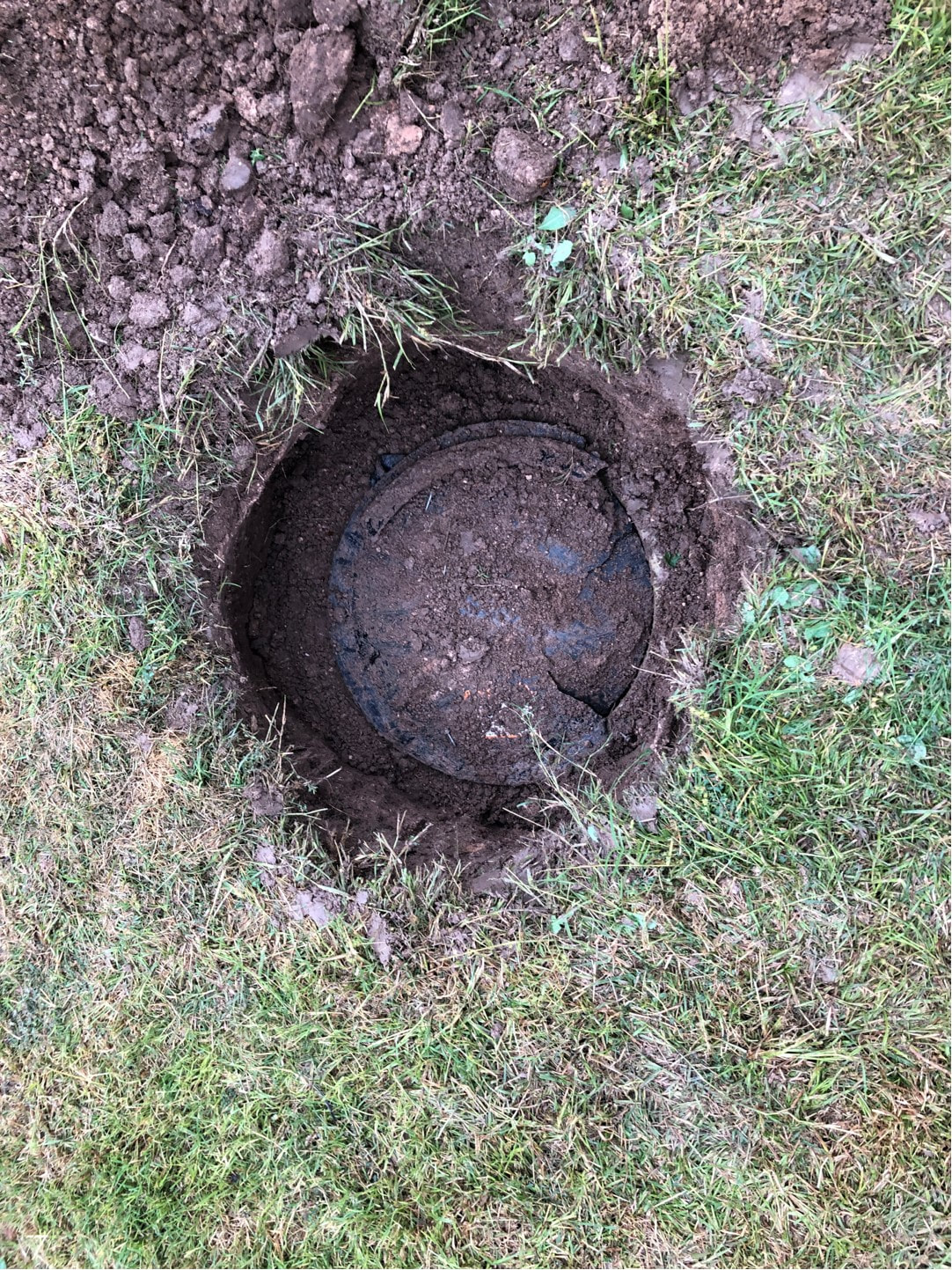
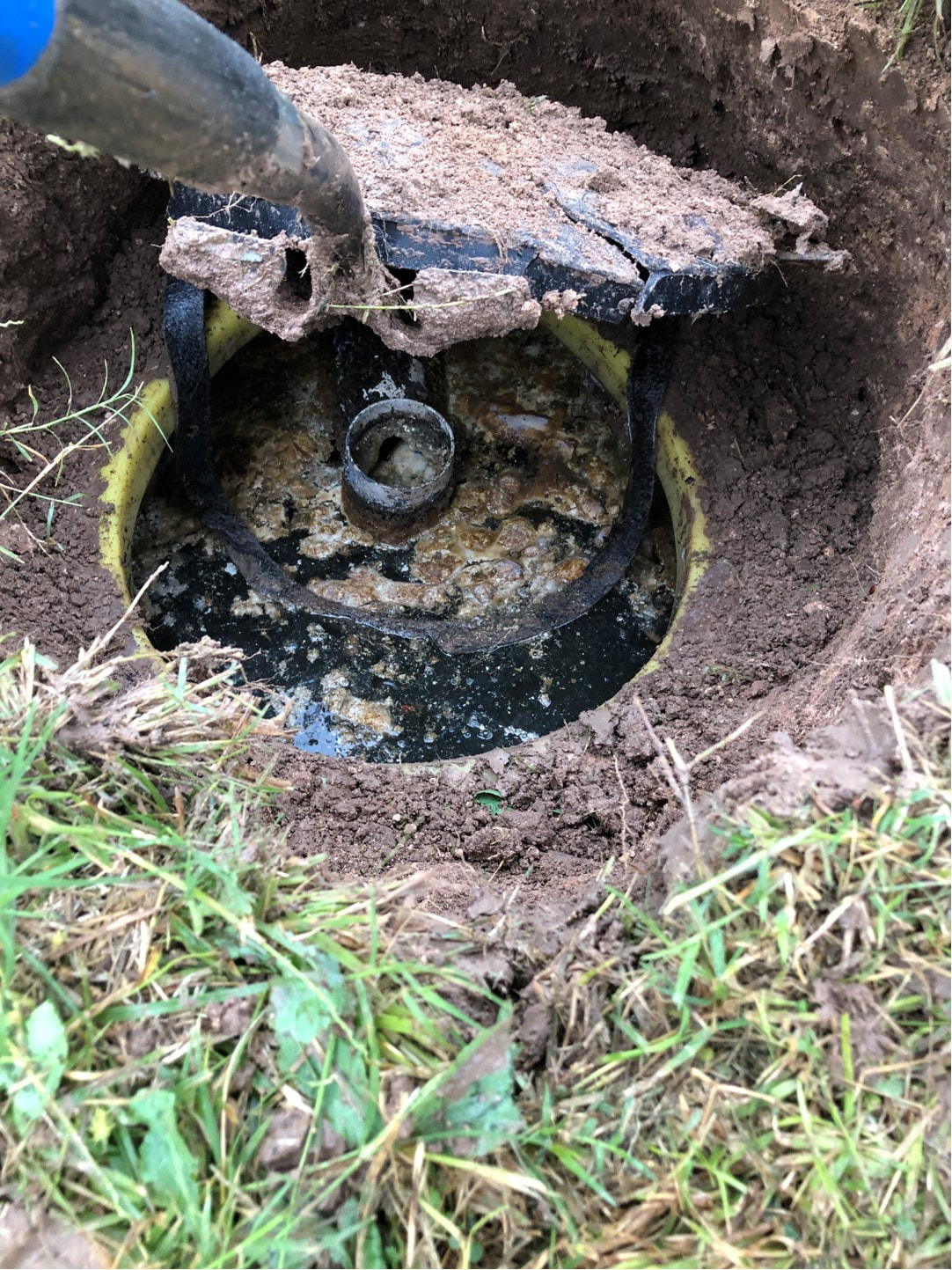

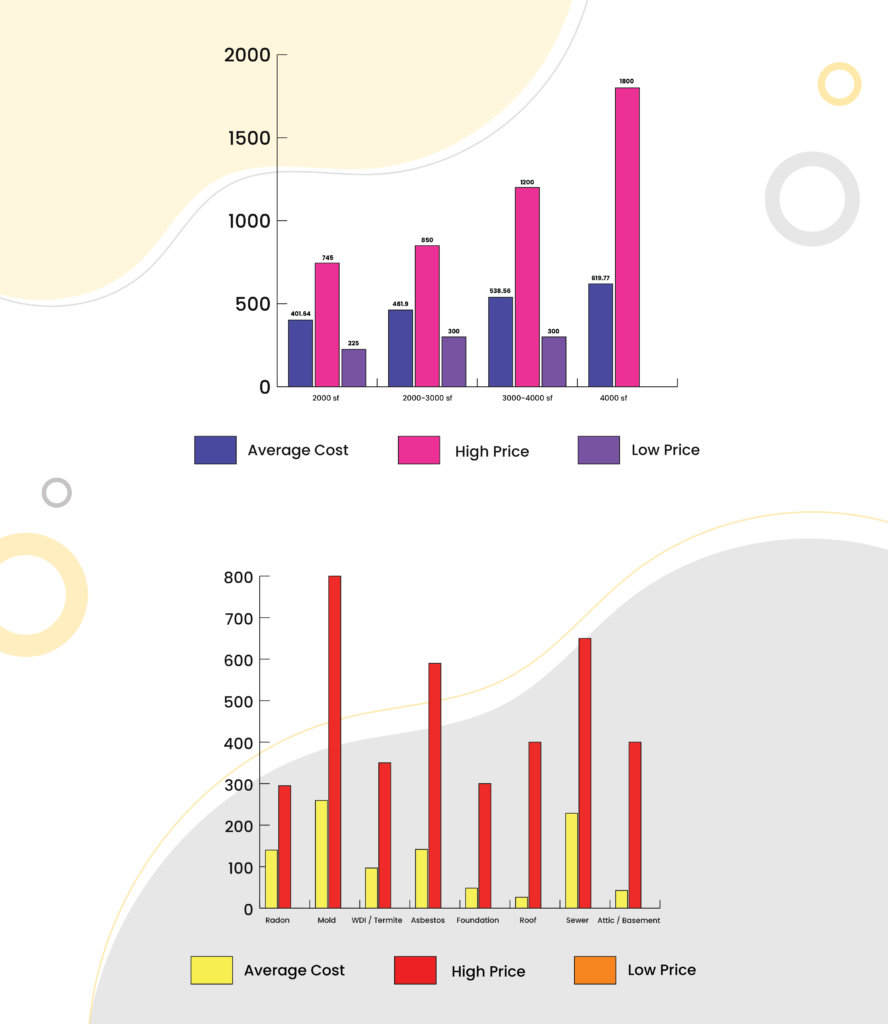
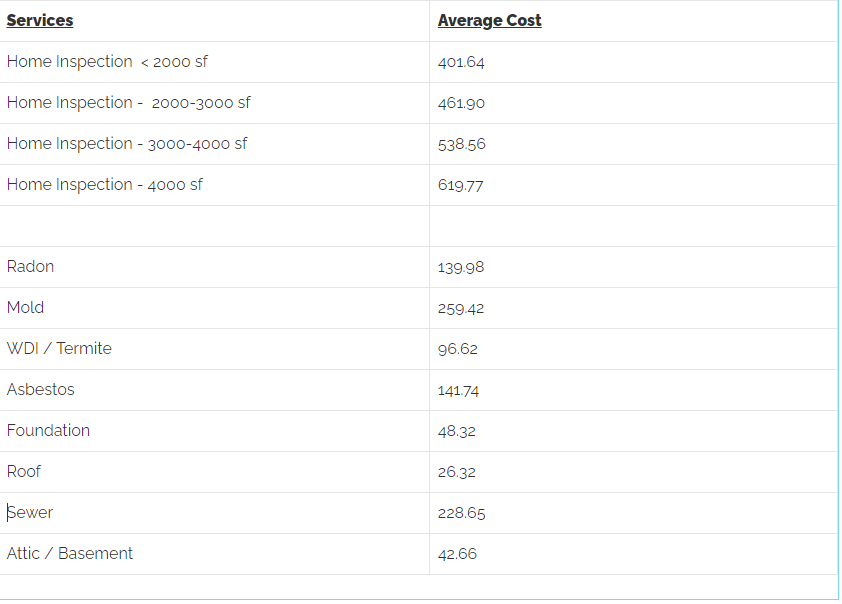
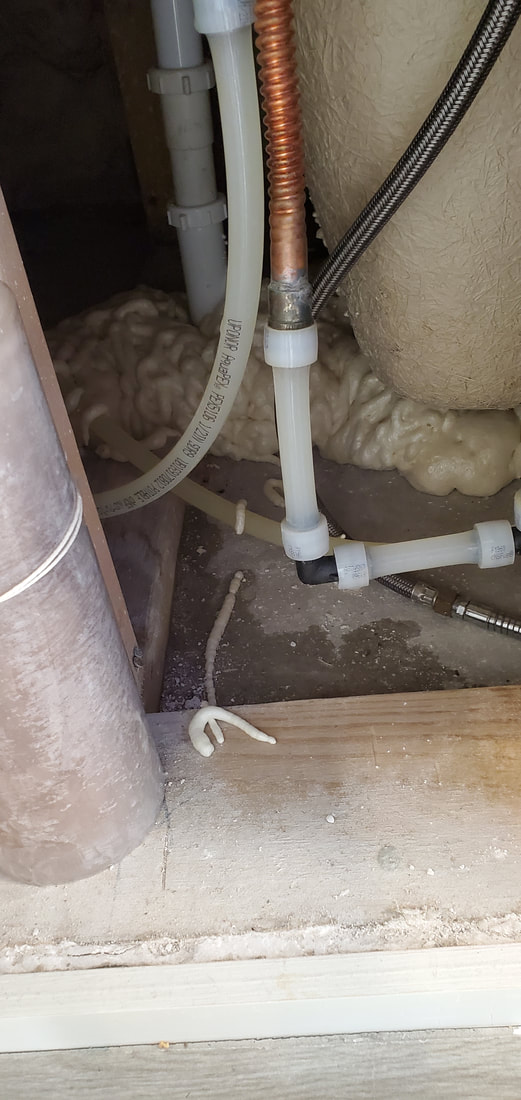
 RSS Feed
RSS Feed